When we dream of our organic garden we want them to be super productive, healthy and efficient. Without the correct techniques they can be unproductive, sickly, and inefficient. That’s where the 12 techniques of a High Performance organic garden come in. How do we truly take our organic gardens to the next level? What if I told you you could cut your garden plot in half while producing two times as much produce as before. This is true for the high performance organic garden systems that I use on my farms. In the High Performance Garden eBook I take readers on a journey of these 12 techniques and now I want to share the concepts with you. Over the next 12 weeks we will dive into the techniques you need for your garden in short training videos. This will help you to have the most productive organic garden next spring!
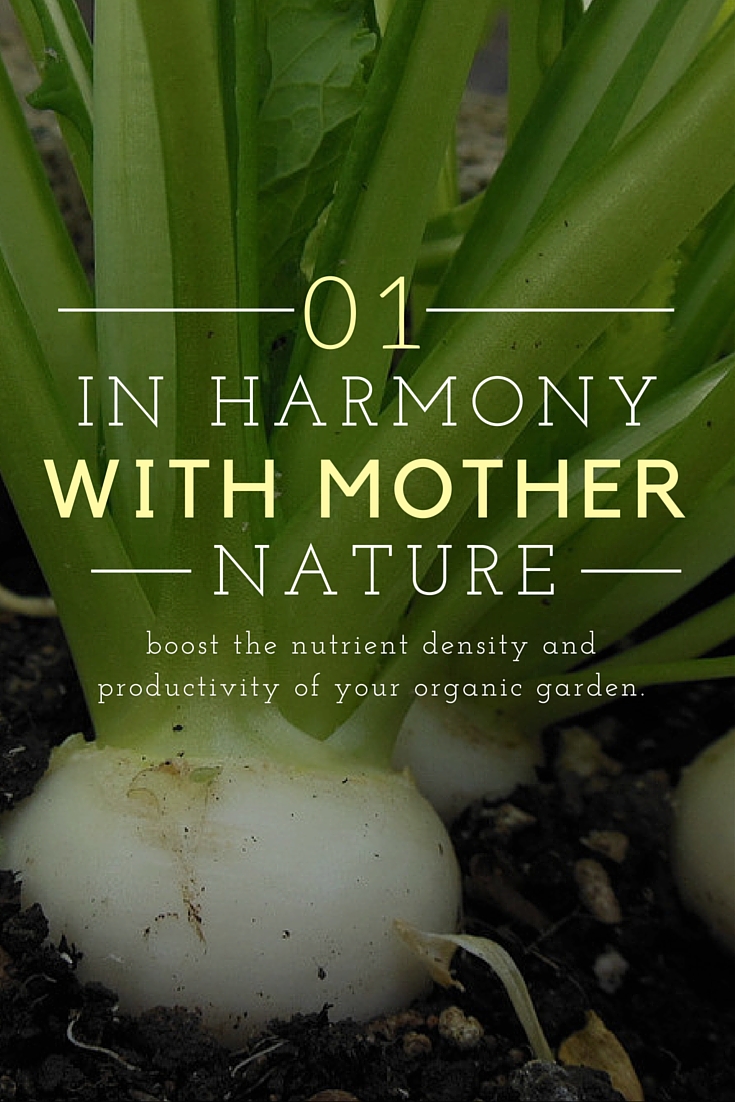 Technique #01 : In Harmony With Nature
Technique #01 : In Harmony With Nature
When growing an organic garden you need to go beyond simply not using non organic chemicals in the garden. To truly have a productive organic garden you will need to learn how to support and mimic Mother Nature’s systems. This is the backbone for your successful organic garden. Once you grow in harmony with nature you will naturally boost the production, health and efficiency of your garden. Not to mention the affordability! Imagine no longer paying for the endless fertilizers and expensive tools. You will also save dramatically on time by investing in nature’s systems. Join me in my gardens in the video below to learn how to keep your garden in harmony with nature.
Now that you know that for the best possible organic garden that you will need to invest in the best soil food web possible, you can put this to practice in your garden! If you want to skip ahead and learn more details on how to build this soil food web in your garden or the other 12 techniques, read the High Performance Garden eBook. I look forward to seeing you next week in the high performance garden!
Until next time, may your garden be easy, fun, productive and always organic,
Lynn
Email me any questions you have about gardening in harmony with nature. Today is the day to work together with the planet instead of against its natural systems.
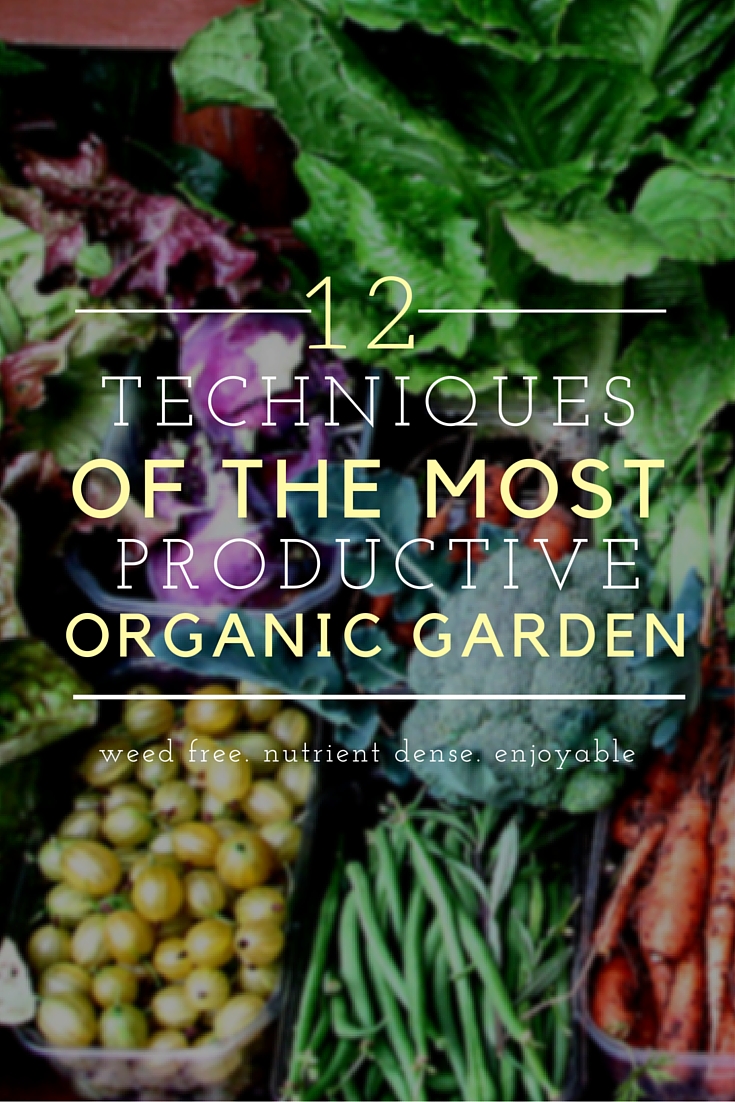

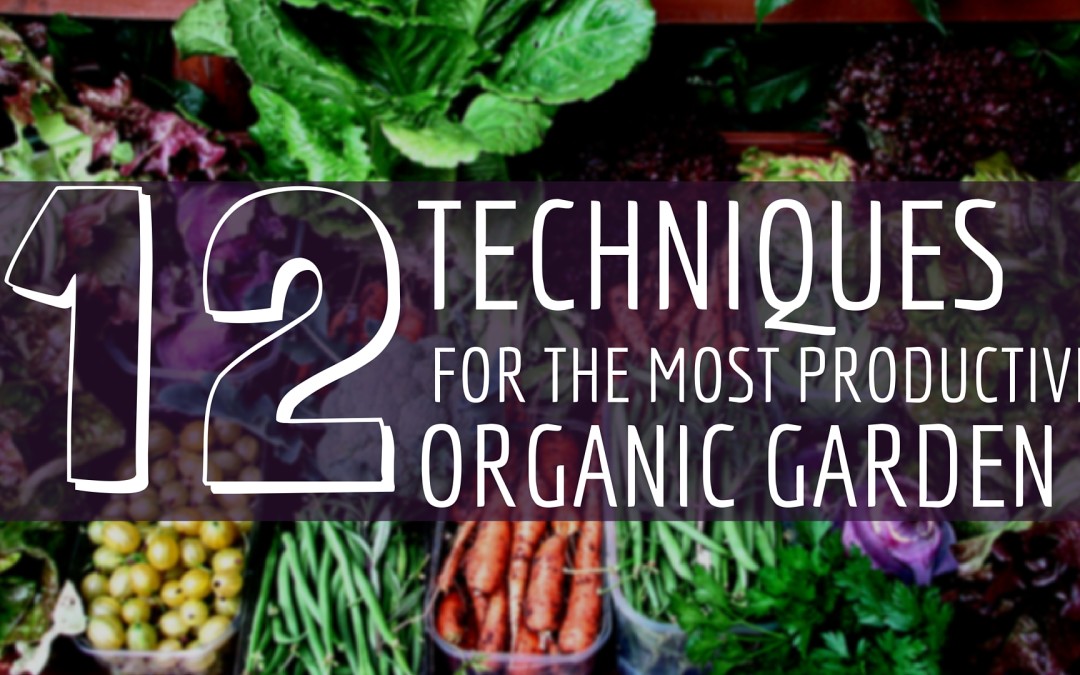
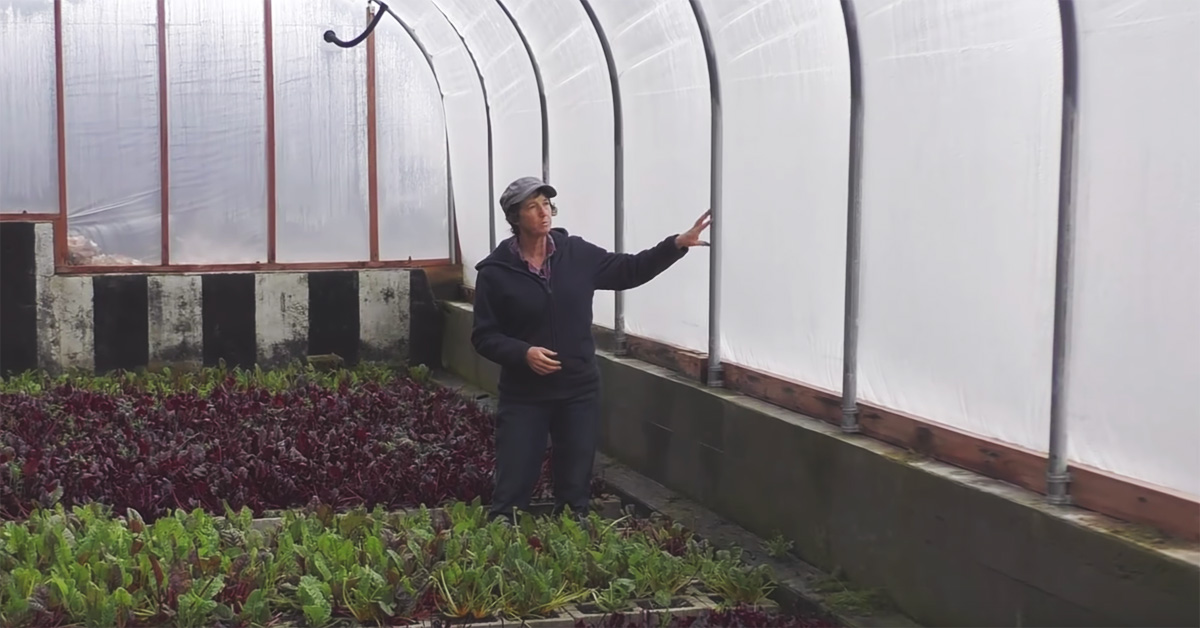
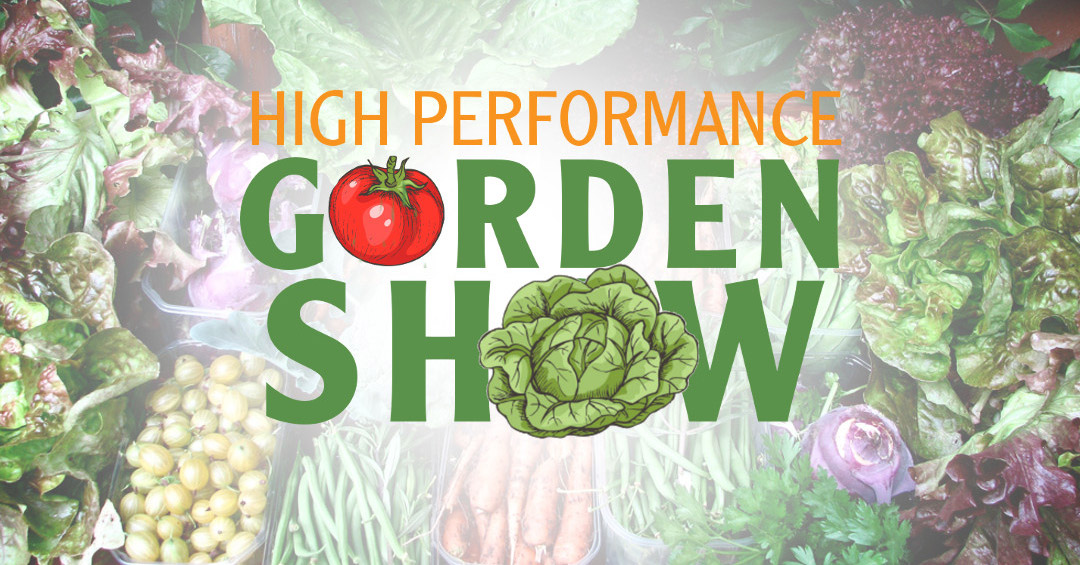
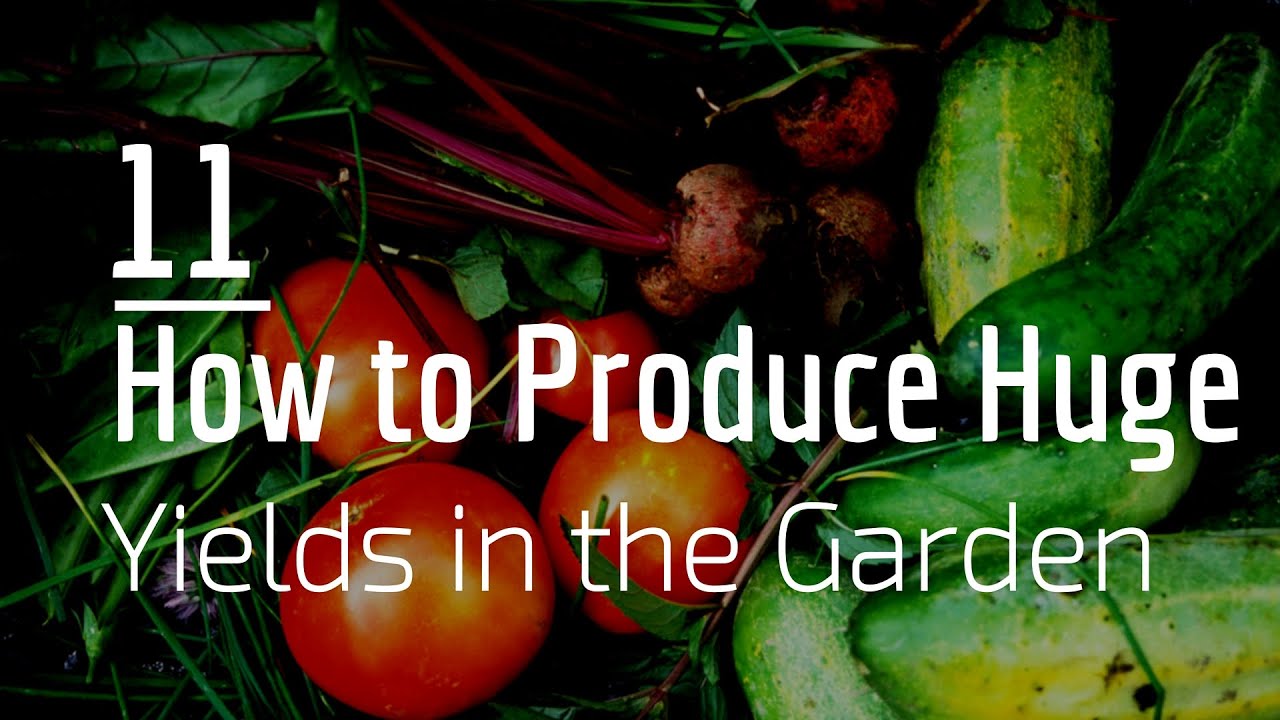
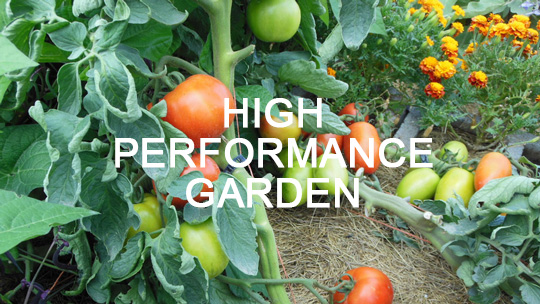
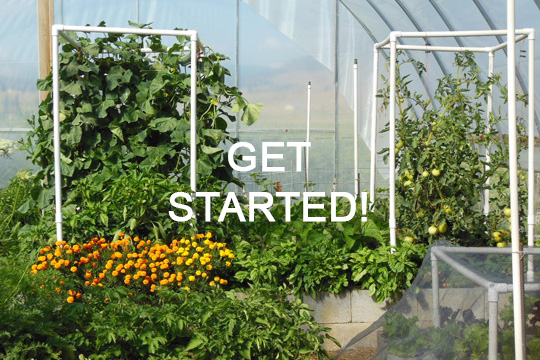
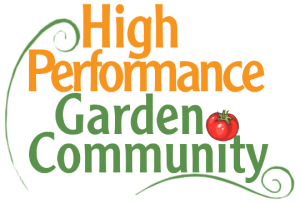
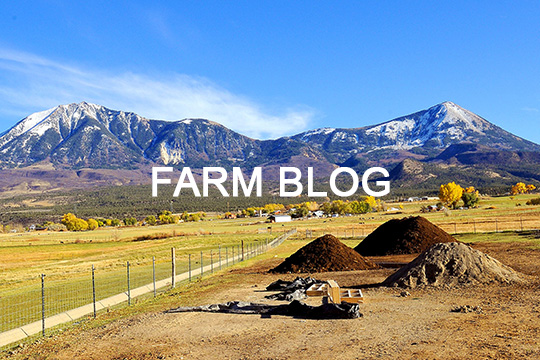
How do you differ from Square Foot Gardening, besides using organics only and companion planting?
Great question Helene! When comparing our system to the original Square Foot Gardening methods here are the differences:
1. Square foot gardening uses the native soil with amendments in raised beds. In our high performance garden systems (like the Abundance Garden system) we prefer to build our own soil without using the native soil. This way we can insure the success of our plants and not have to deal with the weeds. Because we are also boosting our mineral content we can raise the nutrient density of the produce grown. This makes for healthier plants that will be more resistant to disease. In the square foot gardening method the main way to feed the garden is through compost, which will not insure the proper minerals needed for a healthy garden.
2. In a high performance garden system we prefer to plant tightly together and in large groupings, making sure to delineate the heavy feeders from the light feeders. In Square Foot Gardening there is a grid and pattern that you follow that constrains you to smaller areas that are not as densely packed.
3. The watering system is different. In the first edition of the Square Foot Gardener it is recommended to use a cup and a bucket when watering plants. In the high performance garden systems: such as the Leafy Greens Container Garden and the Abundance Garden we learn how to water overhead with a hose which saves time while giving you complete control.
Those are the main ways that we differ from each other. We do have very similar approaches, with just a few differences. One of my favorite differences is that you can send in an email and always get answers from us! If you have any more questions please feel free to email lynn@thelivingfarm.org to get your gardening questions answered.
Thanks for the question, it just might inspire a future blogpost!
May your garden be easy, fun, productive and always organic!
Where do I find instructions for the pvc trellis?
Here is the link for the PVC trellis system https://thelivingfarm.org/project/tomato-trellis/. It’s easy to build and produces such an abundant garden!
Hi Lynn. 🙂 I’m a SFG Certified Instructor. What you’re describing is Mel’s original method. The “all new” method is a lot different and a lot easier.
1. Your native soil is not used at all. We make a soil-less growing medium.
2. The grid is used to help gardeners not become overwhelmed or helps them not plant more than they want/need. It encourages succession planting. It’s based on the “thin to” directions. Thin to 12” = 1 plant per square like tomatoes,peppers, eggplants. Thin to 6” = 4 plant per sf like leaf lettuces. 4” = 9 plants like beets and spinach. 3” = 16 plants like radishes, green onions, carrots. So we really do pack thing in pretty well.
3. It’s true that hand watering is preferred, IF people want to save water. The All New Square Foot Gardening 3rd edition book even features instructions to make a PVC watering grid.
Hope this helps.
Luci,Thanks so much for looking at my new blog. I have to say that it is great to be wrntiig again, both for the blog and for the book. I’ll let you know when the new book comes out, I think you are going to like it!Happy Gardening,Mel
I lOVE it! Thank you sharing!
I have been gardening for years, but your gardening method and videos have convinced me to give it a try. I have to say, I’m not really happy with the results of my garden this year. Since I was planning to use my garden soil and you said you have a better way, I’ll have to email you and get directions.